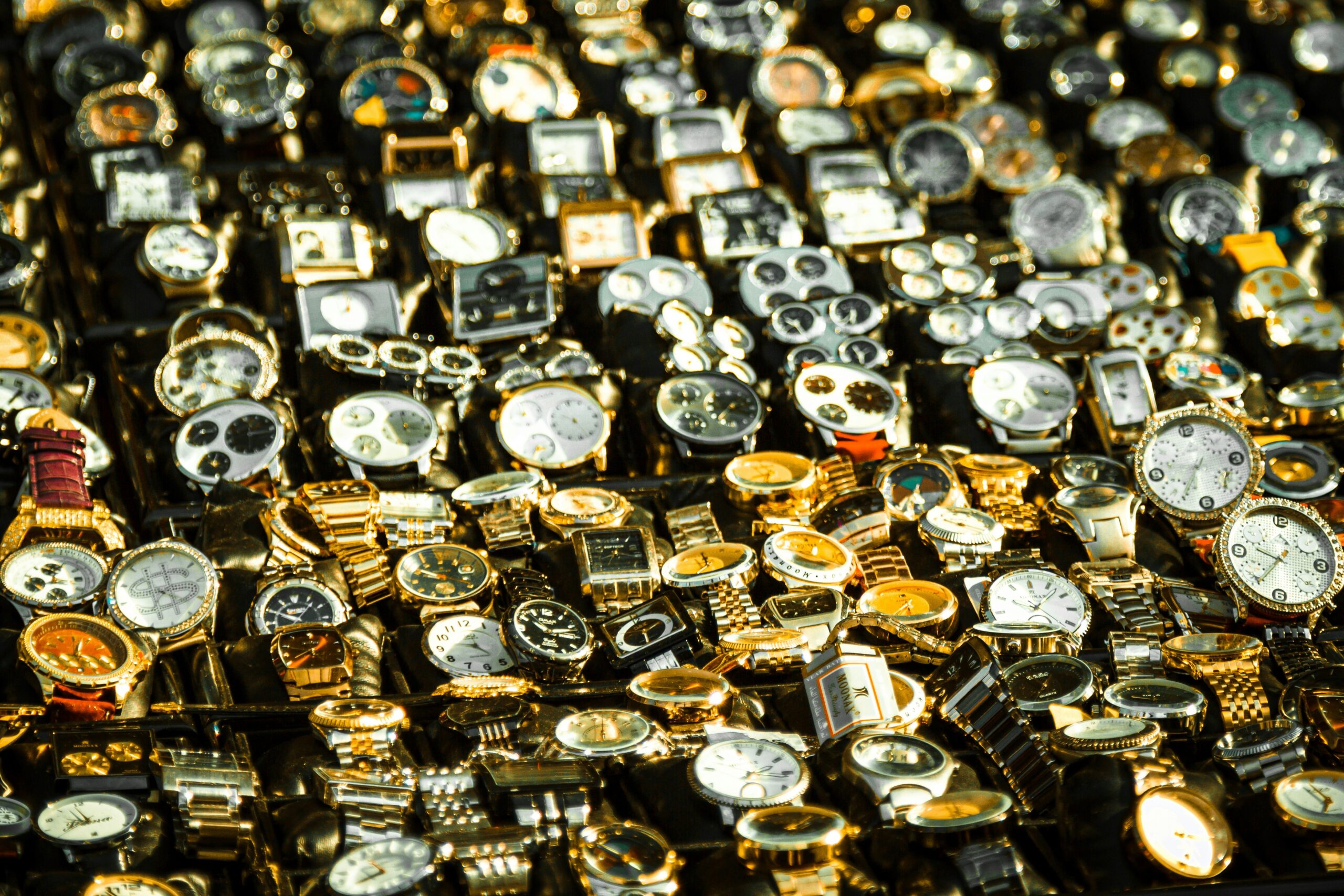
U.S. Tariffs Threaten to Cripple India’s Dominant Diamond Industry
The recent announcement by President Donald Trump to impose a 50% tariff on imports from India has sent shockwaves through the global diamond industry. This decision is poised to severely disrupt the operations of India’s diamond sector, which employs over two million workers and contributes significantly to the global supply of cut diamonds.
The Heartbeat of India’s Diamond Trade: Surat’s Crisis
In Surat, Gujarat, known as the ‘Diamond City of India,’ small and medium-sized enterprises like that of Kalpesh Patel, a local business owner, face imminent closure. These businesses are crucial, cutting and polishing 14 out of every 15 diamonds on the global market. The new tariffs could force Patel, who runs a small diamond cutting and polishing unit and employs around 40 workers, to shut down operations before the major Indian festival of Diwali.
Impact of Tariffs on Trade and Employment
The Gem and Jewellery Export Promotion Council (GJEPC) reports that the U.S. is the largest market for India’s diamond exports, accounting for more than one-third of its total exports worth $4.8 billion in the financial year 2024-25. The imposition of such high tariffs is not just a trade barrier but a threat to livelihoods across India’s expansive diamond polishing and cutting industry.
Broader Economic Implications and Industry Reactions
Industry experts and business owners express deep concerns over the future of the diamond trade. Dimpal Shah, a Kolkata-based exporter, notes a significant decline in orders as U.S. buyers refuse shipments due to the increased tariffs. The sentiment is echoed by various stakeholders across the industry who foresee a drastic decline in exports and a potential economic crisis within the sector.
Political and Economic Context of the U.S. Decision
The decision to implement a 50% tariff, which includes an additional 25% penalty over previous tariffs, appears to be a strategic move by Trump to exert pressure on India regarding its ongoing purchase of Russian oil amidst the Ukraine conflict. This tariff is also seen as part of broader trade tensions and negotiations between the two nations, which have yet to yield a favorable trade agreement.
Challenges Beyond Tariffs: COVID-19 and Market Shifts
The diamond industry in India was already facing challenges from the COVID-19 pandemic and the geopolitical tensions arising from Russia’s invasion of Ukraine. The industry is also contending with a shift in consumer preferences towards lab-grown diamonds, which are cheaper and gaining popularity globally.
Looking for Solutions: The Shift Towards Domestic Markets
In response to the crisis, industry leaders suggest strengthening domestic markets and exploring new international markets to reduce dependency on U.S. exports. Efforts to bolster the domestic market could provide some relief and help sustain the industry through these turbulent times.
Conclusion: An Uncertain Future
The imposition of a 50% tariff by the U.S. on Indian diamond imports marks a critical juncture for India’s diamond industry. With millions of livelihoods at stake and the potential destabilization of global diamond supply chains, the coming months will be crucial in determining the resilience and adaptability of India’s diamond trade.
Source: Al Jazeera